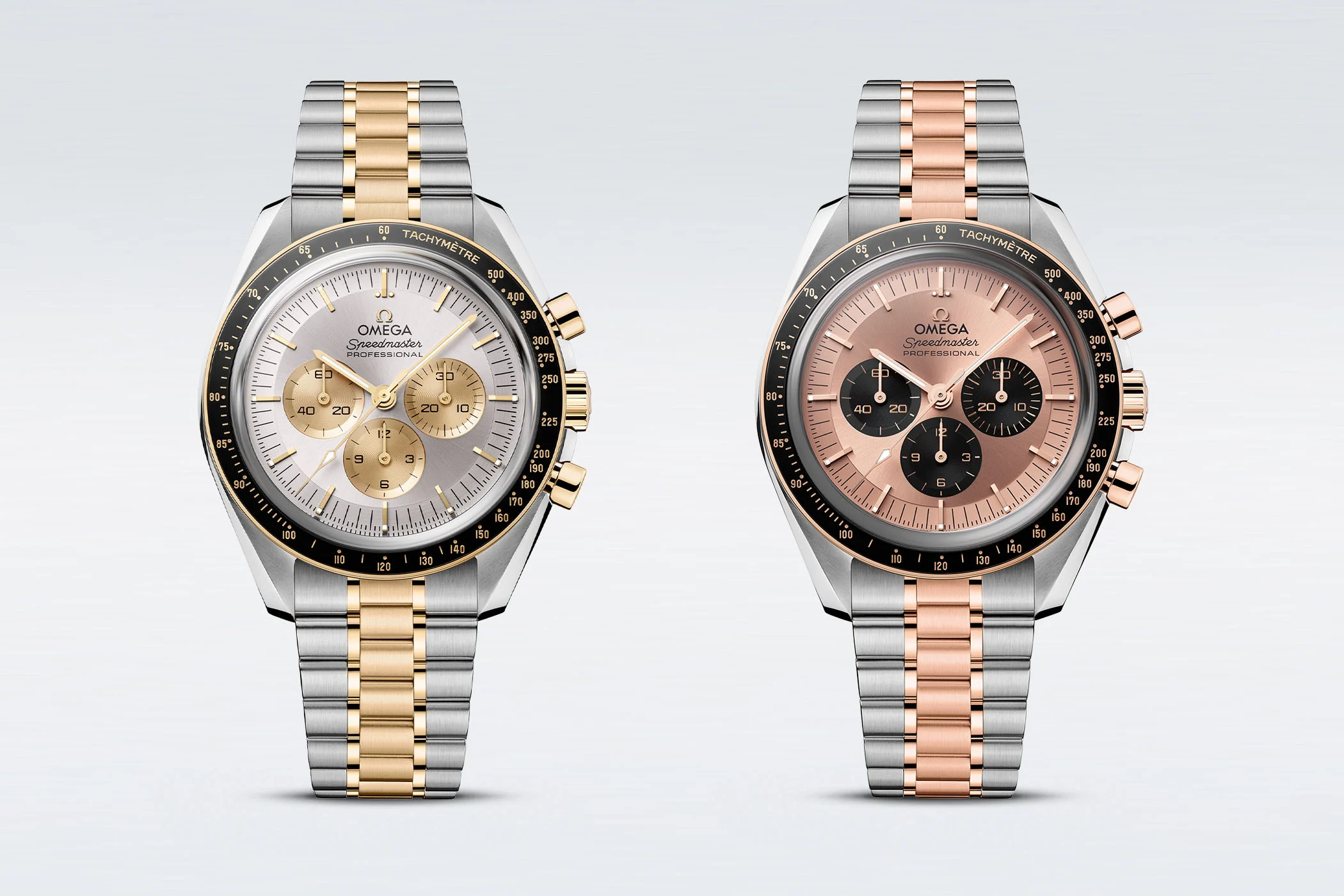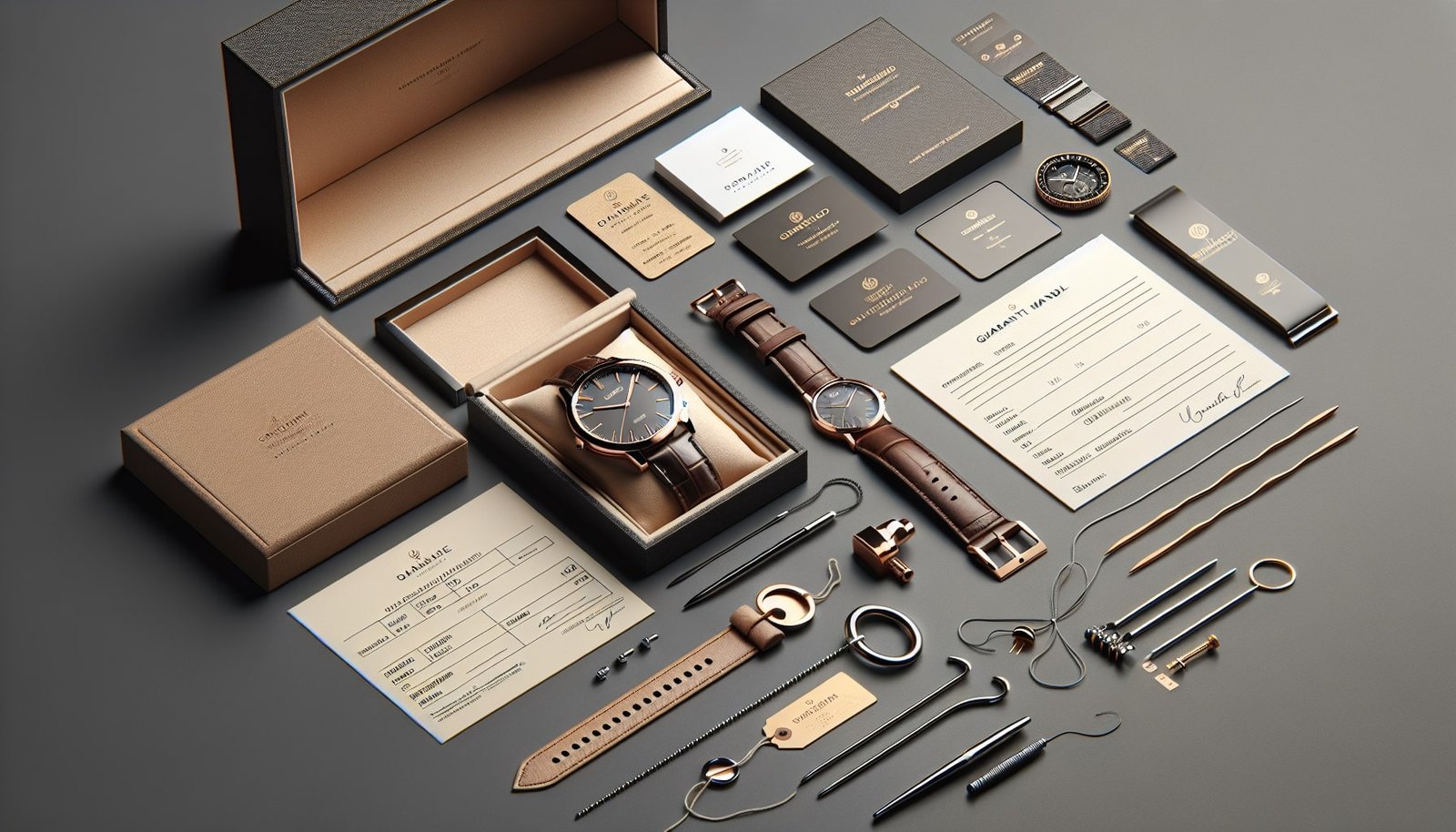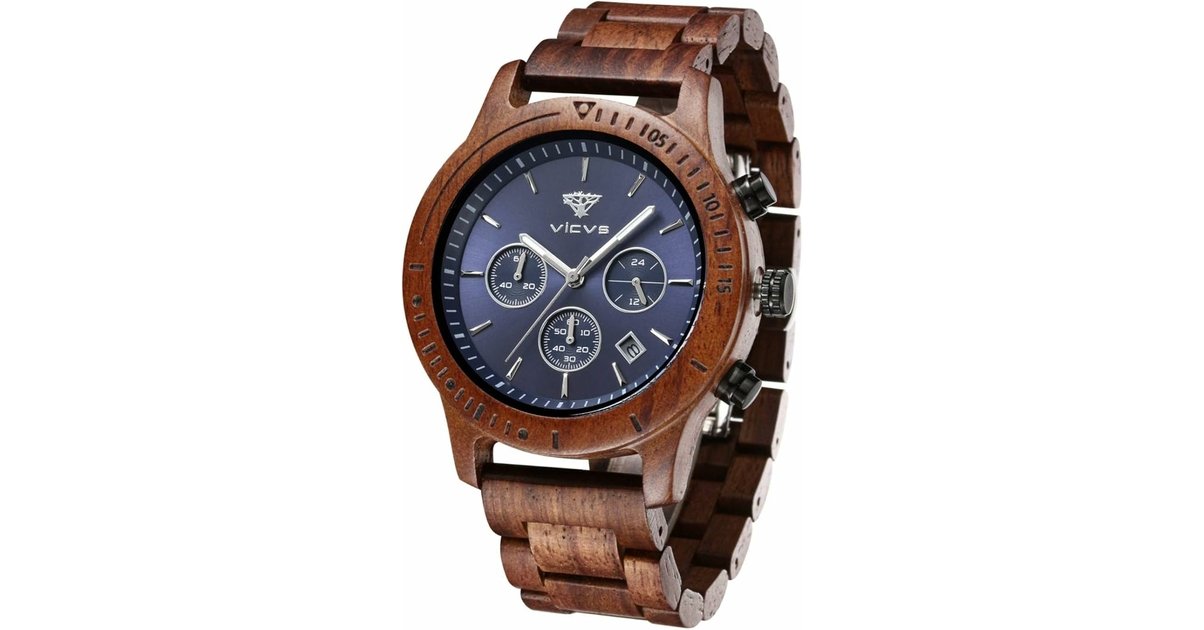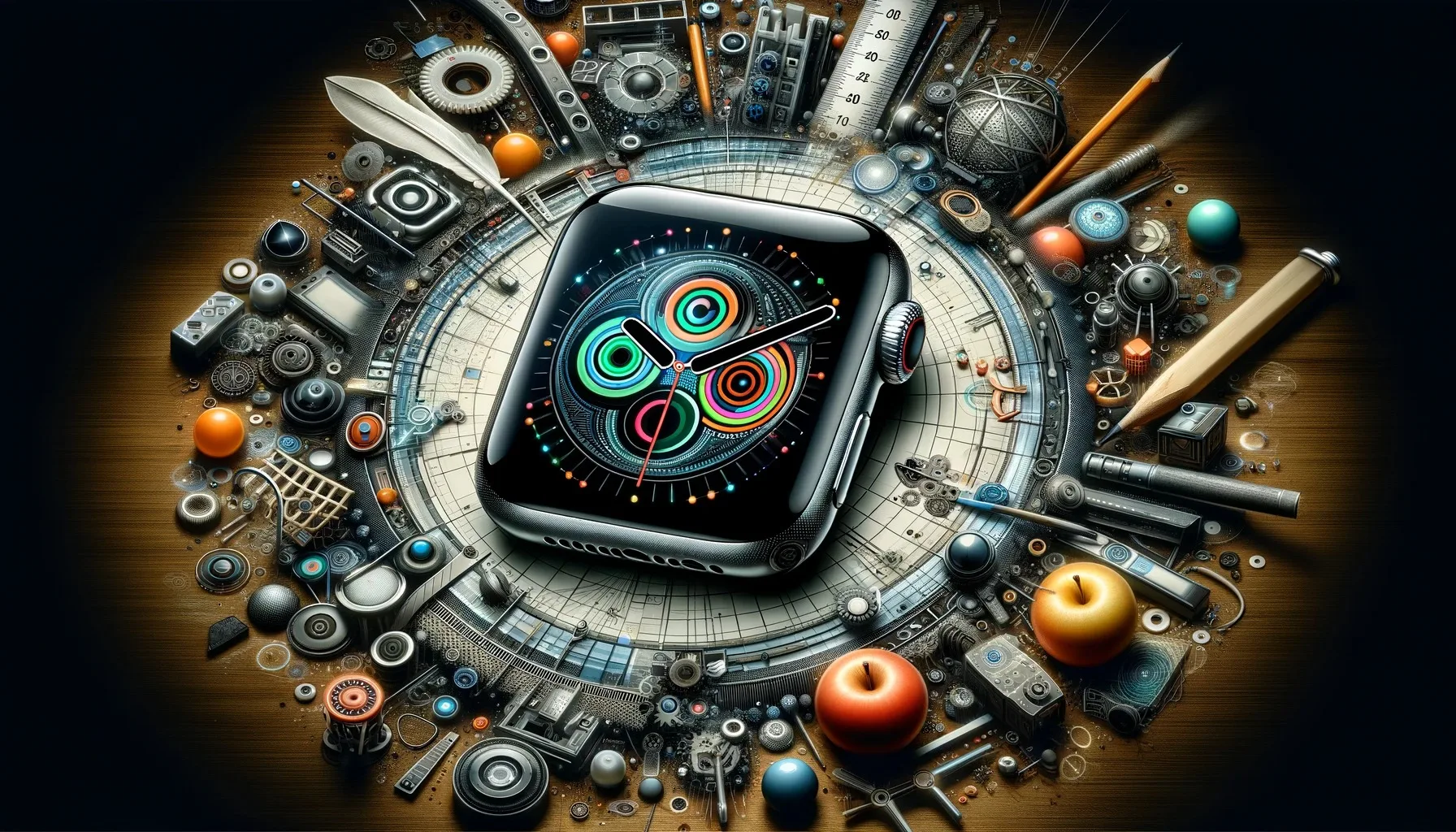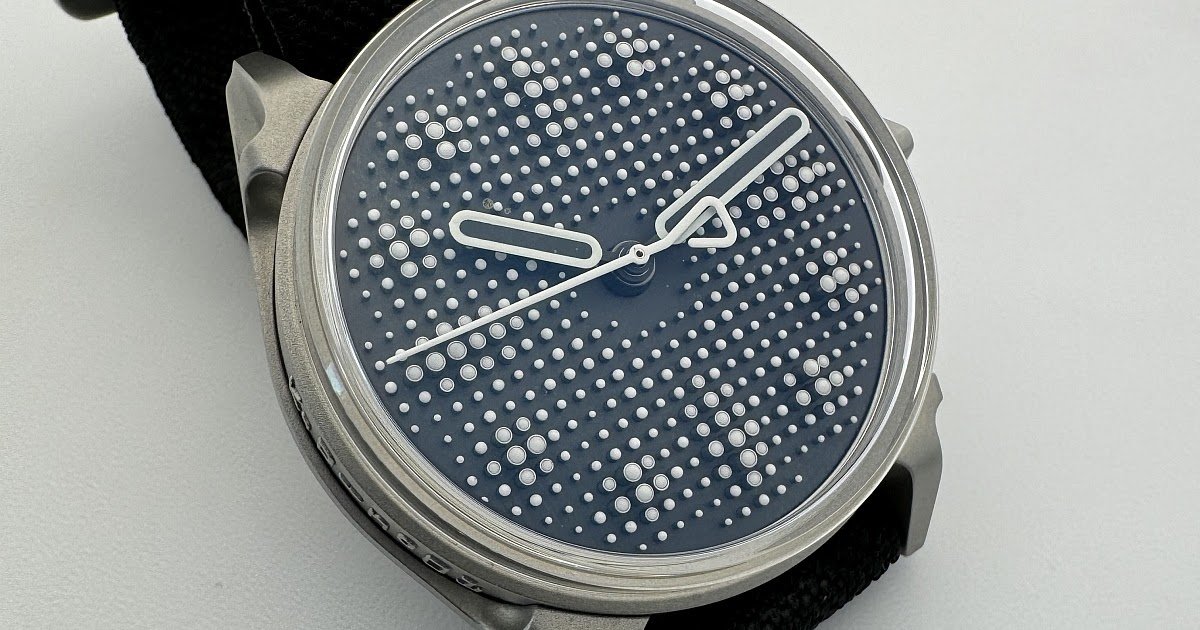Giulio Papi opens black boxes that achieve unprecedented technical solutions. He Code 11.59 by Audemars Piguet Universelle RD#4 It’s his recent masterpiece, but it won’t be his last. In this talk he gives us the details.
> What response have you received from Code 11.59 by Audemars Piguet Universelle RD#4?
We have received very positive feedback; many people like it and have ordered it. This year we will produce eight pieces, next year 12 and from the third year 15.
> How do you feel today as a watchmaker?
My education after compulsory school was at the technical school. There I learned about traditional classic watches and about the scientific mind: engineering, mathematics, mechanical principles and physical laws. After this training I never considered myself as a benchtop watchmaker, but as a designer watchmaker in terms of thinking about a new way of making watchmaking. I always propose a different way of making mechanical watches.
First I opened the black box of the IWC minute repeater with which I understood the secrets of this complication. The second black box was around the barrel making the tourbillon, I had to understand what happens inside the barrel to create the chain fusee and of course the escapement for the tourbillon. The other black box was a split-second chronograph for A. Lange & Söhne. I progressed by opening more and more black boxes. Today I have the same mentality, but more experience and knowledge.
> And what kind of black boxes does he keep opening?
For example, the ergonomics of the interior and how to correct the astronomical functions for the user, without an instruction manual. Nobody reads that. It is important to handle this in a simple, intuitive way.
> Yes, it is even difficult to understand how Louis Elisée Piguet was able to make La Merveilleuse more than a century ago without a CNC machine, without a quality control department.
Bright. And in four months. Incredible.
> Was it more meritorious to make La Merveilleuse more than a century ago with that technology or the Universelle with current resources?
Both, I think. He made this La Merveilleuse pocket watch without starting with a blank piece of paper. They used a familiar base and already had a grand chime, a chronograph with a ratrapante and a perpetual calendar. In four months they put this together. Of course, driving some different sub-sphere. They had more space because it is a pocket watch with a larger diameter and thickness. They made three pieces. They made La Merveilleuse in four months. It was brilliant. Probably today we are not able to have the same performance with the computer, but we are working to make wristwatches with a smaller and very flat diameter: 8.75 mm for the Universal this year, with basically the same complications except for the foudroyante. Today we bring ergonomic technical solutions inside and the idea is to make this clock in quantities of 10 or 15 units per year.
> The Universelle is once again a masterpiece when it comes to solving a supercomplication. Is it the great work of Audemars Piguet and Giulio Papi?
Yes for the moment. For me today it is the best piece I have done, but there are other black boxes to open and I will continue finding other technical solutions. It’s not my final clock. I have countless ideas to develop.

> Why is it your masterpiece? What is important to you as a watchmaker now?
Simplicity is important and we have found a way to create it for the client. Now we are working on it because we believe in this interpretation of the watches. If we do something like this for Richard Mille we are going to create a show with his mechanical components. But if we do the same for Audemars Piguet it will be more sober, more classic contemporary, calmer.
> AP has transitioned between its past and something more daring. He knows how to break the rules to move on. What should be done and what not?
A large complication should take into account three groups. The first is astronomical indications such as perpetual calendar. The second is the measurement of time in fractions of a second. And the third is the acoustic indication of the time. In it RD#4 (Universal), the astronomical indications are concentrated in the semi-secular perpetual calendar with a large date, where the innovation is the great ease of correction of these indications. The measurement of short times is ensured by the chronograph with flyback function with minute and hour counters and a rattrapante device for intermediate time counting.
The acoustic indication of the time is present thanks to the grand chime and the minute repeater. For ergonomic reasons for a minute repeater you have to operate the other hand to activate it and it is not so comfortable to activate it with a sliding bolt. For this reason, I found it best if it was activated by pressing a simple button; which is possible with the complication of the grand sonnerie. The border for the Universal has been to take the risk of proposing a dial without a bunch of hands for functions and that is understandable to read and understand. The comments have been good.


> AP has chosen Code 11.59 to host this supercomplication, have you felt comfortable in this format?
I’m not complaining, but it was difficult to use Code 11.59 because of the type of box. For example, the flat-concave glass shape adds 1mm of thickness. One millimeter of additional thickness comes from supersonry technology, but is not related to Code 11.59. To recover those two mm of thickness, I have found many good solutions: by making the ball bearing of the rotor larger so that it can be inserted in the rattrapping mechanism, I gained 1.5 mm, the remaining 0.5 mm was achieved with another idea that concerns to the chronograph mechanism.
A second point is in relation to the diameter of the case. The shape of Code 11.59 is an octagon within a circle, which means it loses a millimeter in diameter compared to a round case. In other words, the Universal It has a 42mm case, but for the movement it’s like a 41mm Royal Oak. Managing limitations requires finding innovative technical solutions.
> Do you feel more comfortable revisiting classic watches like the Universelle with new solutions or experimenting with new things?
Actually, with the Universal we experience the future with ergonomic and simple solutions on functions of the past. For me that is the future. By opening different black boxes from the past we learned a lot. In it Universal We use a special exhaust with a large amplitude because normally the balance coil cannot turn more than 330º without damaging the anchor. So we designed a special exhaust. Now in the Universal The amplitude of the balance spring is more than 360º and it is not hurt. We did this because it allows us to increase the power of the kite.
Thus, in the case that on December 31 at midnight, when all the calendar functions jump and there is a high power consumption, and if the chronograph is activated and the grand chime is operating and the watch is in the vertical position, what is the worst case for the pier, there may be enough power. To do that we increased the power of the barrel and changed the anchor, allowing the balance wheel to be larger to capture more energy. We did not do it inside the AP exhaust but with a special exhaust that we put on the RD#3. A super-complicated watch must always and everywhere function reliably and simply. That is the future.
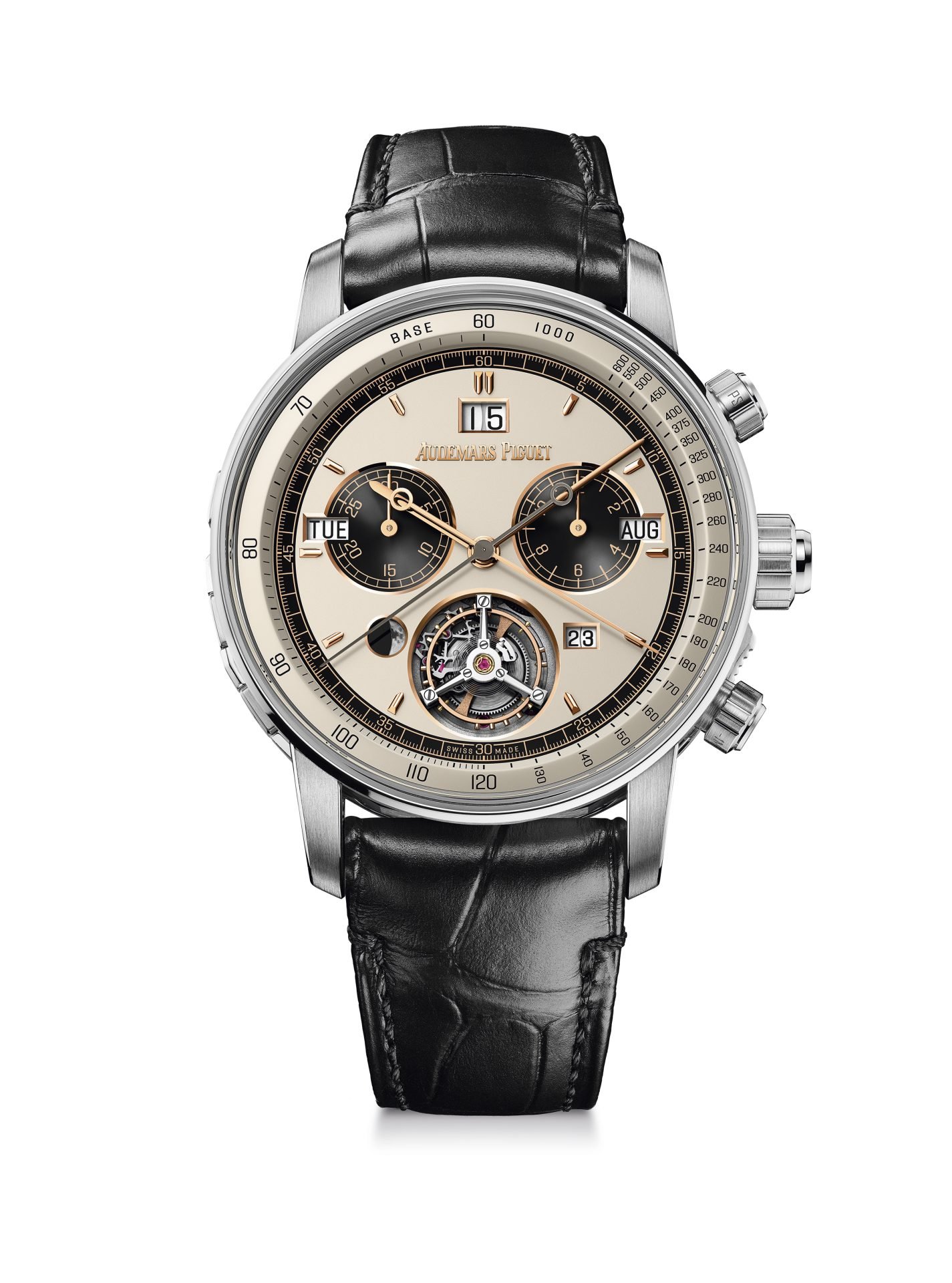

> Is there something that classical watchmaking has not experienced and is it important to invent?
Yes. When computers did not exist, a mechanical watch with a chronograph and rangefinder or heart rate monitor was a computer for doctors. Today these types of subdials in a mechanical watch do not make sense because we use other devices. I’m sure there are other mechanical functions waiting to adapt to our current life without electricity. The challenge is to do the same thing that an application does in a mechanical way.
> At the beginning of the 21st century, the watchmaker was a rockstar. What do you think?
Yes, and today certain brands and iconic designs still leave their mark on us. When creating the Universal I understood the importance of design. When I created the caliber before I designed the dial: the astronomical scenes, the fraction of time for the chronograph, the tourbillon, the moon phase and the European way of reading the date.
> A three-hand clock is like a three-time restaurant and the Universelle is a three-star with 23 times. As a watch user, what is your preference?
Both. If I have to create a perpetual calendar, I work to do it in the best way. If I have to create the flatter movement, like the Richard Mille ultra-thin, I do that too. I like to create a flat caliber, but I have to make it strong, reliable, with an interesting power reserve and timekeeping. It’s simple, but to create a flat movement that works well and has the same quality as a normal watch is a show. My mind is focused on creating a show whether it is a single complication or many. It must be practical and with a high technical performance, reliable, strong. I prefer to work with simplicity, creating something simple, reliable and aesthetic is complex.
> AP is embracing a cutting edge style with funky materials, color and expressions. But young brands like Furlan Marri and Hajime Asaoka recover the aesthetics of the mid-20th century. What is your view on this?
I believe that it is the market that decides what should work or not. It was the market that had the sensitivity to understand the first Richard Milles. And I say Richard Mille because he was the first to propose a high-end watch without gold, with colours. My intuition tells me that classics and contemporary classics are a key long-term value. Furlan Marri understood very well how to interpret this.

> As a user, what is your ideal watch?
For every day, a self-winding hour and minute watch. For an appointment, have at least an annual calendar. It is better with a perpetual calendar, but with a large indication because with age, we lose sight. And to play sports or cook and go to the theater I need a chronograph. I like the minute repeater or a grand chime after a week of work, before the weekend, like Friday night with my family. And on vacation, so as not to worry, an electronic watch.
> The Universelle is your masterpiece, what is your favorite creation?
At the moment, the Universelle is my favourite. But I will mention the Tourbograph by A. Lange & Sohne. I learned a lot making that watch. Another is the caliber of the ultra-thin Richard Mille of the RM UP-01 because I also learned a lot doing it. Another is the RD#2, AP’s slimline perpetual calendar. In this I discovered another way to create a system that was normally layered on a single floor.
> If AP let you do what you want, what would you do?
I would like to experiment with ideas that go beyond watchmaking for other machinery without electricity. Maybe now is the time to think about this because we have an energy crisis due to climate change. Why not create different objects that make sense without electricity?
> Do you go to the Musée Atelier de AP to get ideas?
I don’t go often. When I do it is to remind our staff and myself of the initial idea of Audemars Piguet and Renaud & Papi to create and make complicated watches, but not for technical inspiration.
> Are you aware that AP and Renaud & Papi have been the watchmaking laboratory of the 21st century?
Yes, it was a phenomenon. Between 1990 and 2000 it was a good economic and social window for new talent.

